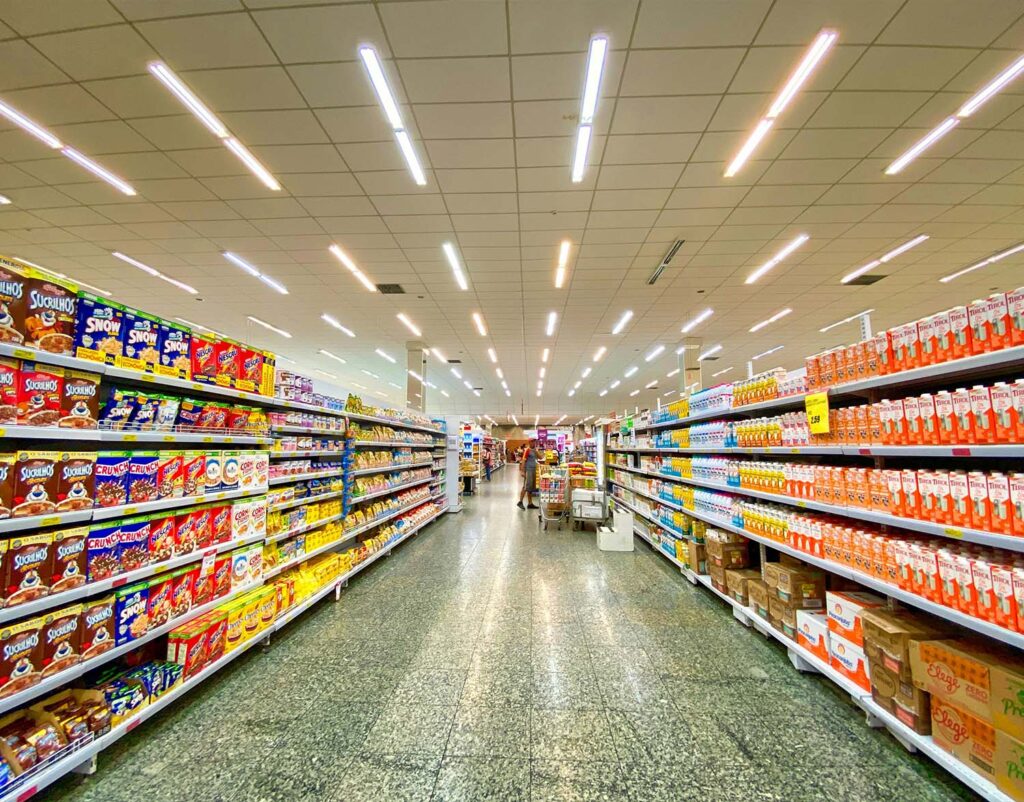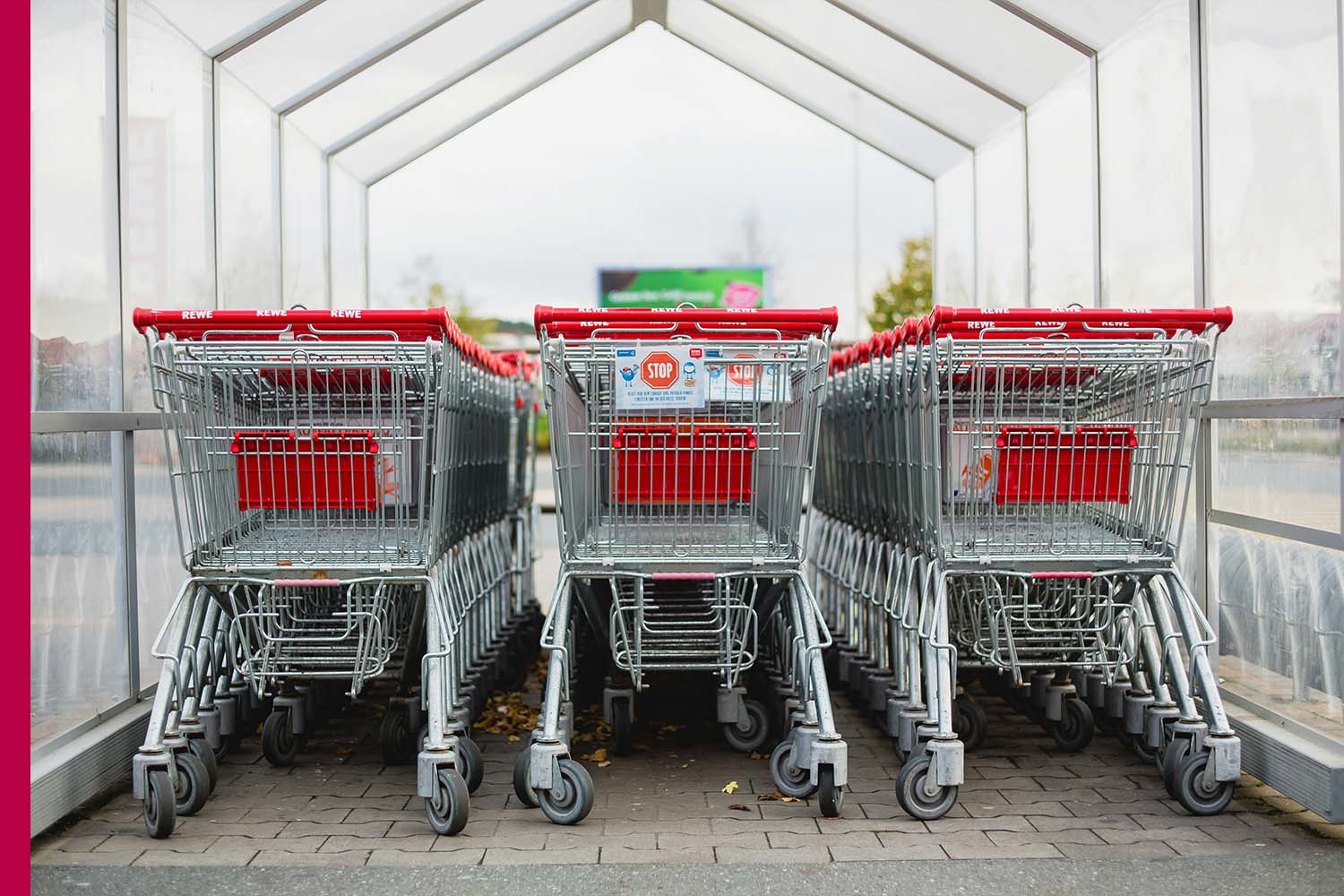The retail market has always been a dynamic and competitive space — one that reflects the pulse of consumer behavior, technological progress, and economic trends. From bustling street shops to sleek e-commerce platforms, retail has evolved dramatically over the years, reshaping how people buy and businesses sell. Today, the retail industry stands at the crossroads of tradition and transformation, driven by innovation, digitalization, and changing consumer expectations.
At its heart, retail is about connecting products to people. For decades, brick-and-mortar stores dominated the landscape, offering a personal shopping experience built on trust and relationships. However, the digital revolution has changed the rules of the game. The rise of e-commerce giants and online marketplaces has created a new kind of competition — one that is borderless, fast-paced, and heavily data-driven. Consumers today expect convenience, variety, and speed, all from the comfort of their homes. This shift has forced traditional retailers to rethink their business models and embrace technology to stay relevant.
The COVID-19 pandemic accelerated this transformation like never before. Lockdowns and safety concerns pushed millions of consumers online, leading to a surge in digital sales. Even small and medium retailers were quick to adopt online platforms, social media marketing, and home delivery services to maintain business continuity. What started as a necessity has now become a powerful long-term strategy — merging physical and digital experiences into what is now known as “omnichannel retail.”

Omnichannel retailing allows customers to shop seamlessly across different platforms — whether it’s browsing online, ordering through an app, or visiting a store in person. Retailers who master this integration are seeing higher customer loyalty and stronger sales growth. Big data and analytics are helping businesses understand consumer preferences, predict trends, and personalize offers. Meanwhile, technologies like augmented reality (AR), virtual try-ons, and AI-powered chatbots are transforming how consumers experience brands.
Another major trend reshaping the retail market is the rise of sustainable and ethical shopping. Modern consumers, especially younger generations, are more conscious of environmental and social issues. They prefer brands that demonstrate transparency, fairness, and eco-friendly practices. Retailers are responding by adopting greener supply chains, reducing packaging waste, and promoting sustainable products. This not only builds trust but also adds long-term value to the brand.
Despite digital dominance, physical stores still hold significant importance. Many customers continue to enjoy the tangible experience of shopping — touching, trying, and interacting with products. The key for retailers today is to blend both worlds: offering the emotional connection of in-store shopping with the convenience of online accessibility. Experience-based retailing, where stores serve as brand destinations rather than mere sales outlets, is becoming the new norm.
Looking ahead, the future of the retail market will be defined by innovation, personalization, and adaptability. Retailers who understand their customers, invest in technology, and stay flexible in the face of change will thrive. The market may evolve, but one truth remains constant — retail is not just about selling products; it’s about creating experiences, building trust, and shaping lifestyles.












